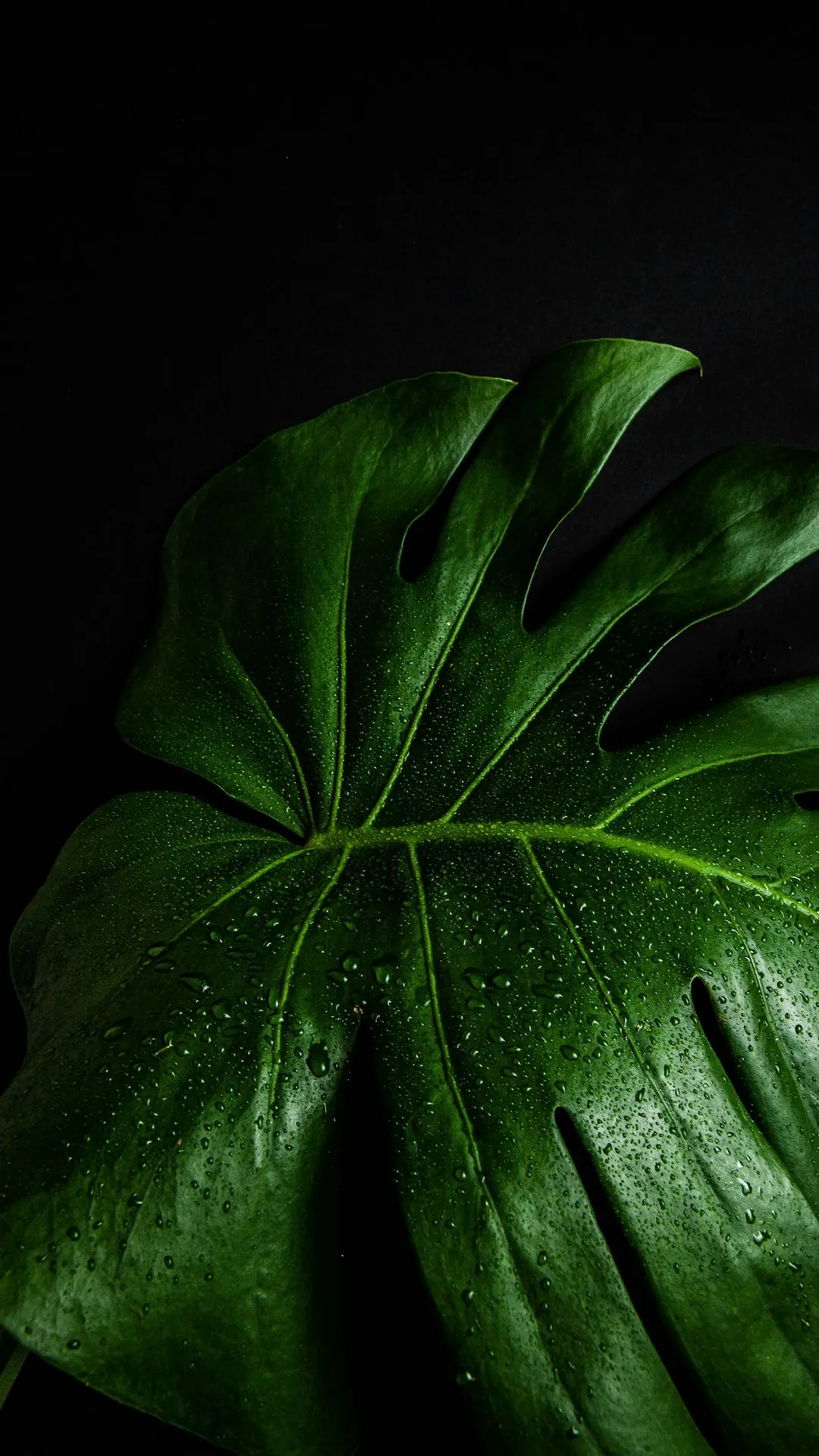Indoor Oasis: Mastering the Art of Indoor Palm Plant Care

Indoor palm plants are a delightful addition to any home, bringing a touch of the tropics and a breath of fresh air. However, providing the right care and growing conditions is essential for these green companions to thrive. In this article, we'll explore expert tips on indoor palm plant care to help you create a lush and healthy indoor garden.
### Understanding Your Indoor Palm
There are several types of indoor palm plants, each with its own unique characteristics and care requirements. Some common varieties include the Areca Palm, Parlor Palm, and Majesty Palm. Before you start caring for your palm, it's important to identify the specific type you have. This will allow you to tailor your care routine to meet its specific needs.
### Light Requirements
Light is one of the most crucial factors in palm plant care. Most indoor palms prefer bright, indirect light. Placing your palm near a north - or east - facing window is often ideal. Direct sunlight can scorch the leaves of many palm species, so it's important to avoid placing them in direct sunlight for extended periods. If you don't have a suitable window, you can also use artificial grow lights to provide the necessary light for your palm.
### Watering
Proper watering is another key aspect of palm care. Over - watering can lead to root rot, while under - watering can cause the leaves to turn brown and dry. The frequency of watering depends on several factors, such as the size of the plant, the type of potting mix, and the environmental conditions. As a general rule, you should water your palm when the top inch or two of the soil feels dry to the touch. Make sure to water thoroughly, allowing the water to drain out of the bottom of the pot. Avoid letting the plant sit in standing water, as this can lead to root problems.
### Humidity
Indoor palms are native to tropical regions, where the humidity is relatively high. Most homes have lower humidity levels, especially during the winter months when the heating is on. To increase the humidity around your palm, you can use a humidifier. Alternatively, you can place a tray filled with water and pebbles near the plant. As the water evaporates, it will increase the humidity in the immediate area. Misting the leaves of your palm with water can also help, but it's only a temporary solution.
### Fertilizing
Fertilizing your indoor palm is important to provide it with the necessary nutrients for growth. You can use a balanced, water - soluble fertilizer formulated for palm plants. During the growing season (spring and summer), you should fertilize your palm every 2 - 3 months. In the fall and winter, when the plant's growth slows down, you can reduce the frequency of fertilizing to once every 4 - 6 months. Make sure to follow the instructions on the fertilizer package for the correct dosage.
### Pruning
Regular pruning helps to keep your palm looking its best and promotes healthy growth. You should remove any yellow or brown leaves as soon as you notice them. These leaves are no longer contributing to the plant's health and can be a breeding ground for pests and diseases. Use a clean, sharp pair of pruning shears to make clean cuts. Avoid cutting too close to the trunk of the palm, as this can damage the plant.
### Pest and Disease Control
Indoor palms can be susceptible to pests such as spider mites, mealybugs, and scale insects. Regularly inspect your plant for signs of pests, such as webbing, small white or brown spots on the leaves, or a sticky residue. If you notice any pests, you can use an insecticidal soap or neem oil to treat the plant. Make sure to follow the instructions on the product carefully. Diseases such as fungal infections can also affect palms. To prevent diseases, make sure your palm has good air circulation and is not over - watered.
### Repotting
As your palm grows, it may outgrow its current pot. Repotting is necessary to provide the plant with more room for its roots to grow. You should repot your palm every 2 - 3 years or when you notice that the roots are starting to grow out of the drainage holes. Choose a pot that is one size larger than the current pot and use a well - draining potting mix formulated for palm plants. When repotting, be careful not to damage the roots.
By following these expert tips on indoor palm plant care, you can ensure that your palm thrives and adds beauty and freshness to your home for years to come. Remember, each palm is unique, so it may take some time to find the perfect care routine for your specific plant. With a little patience and attention, you'll be well on your way to becoming a successful indoor palm gardener.